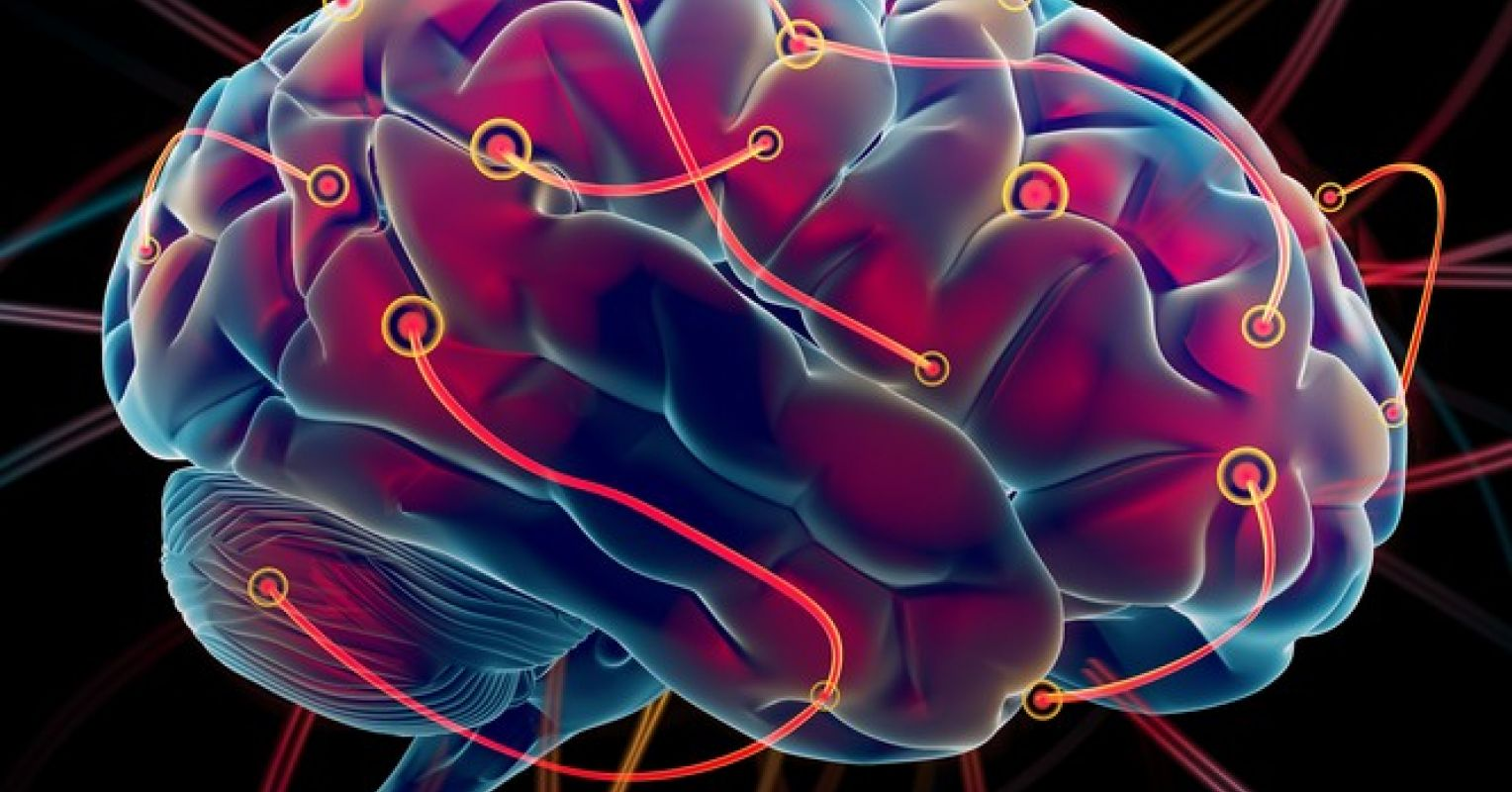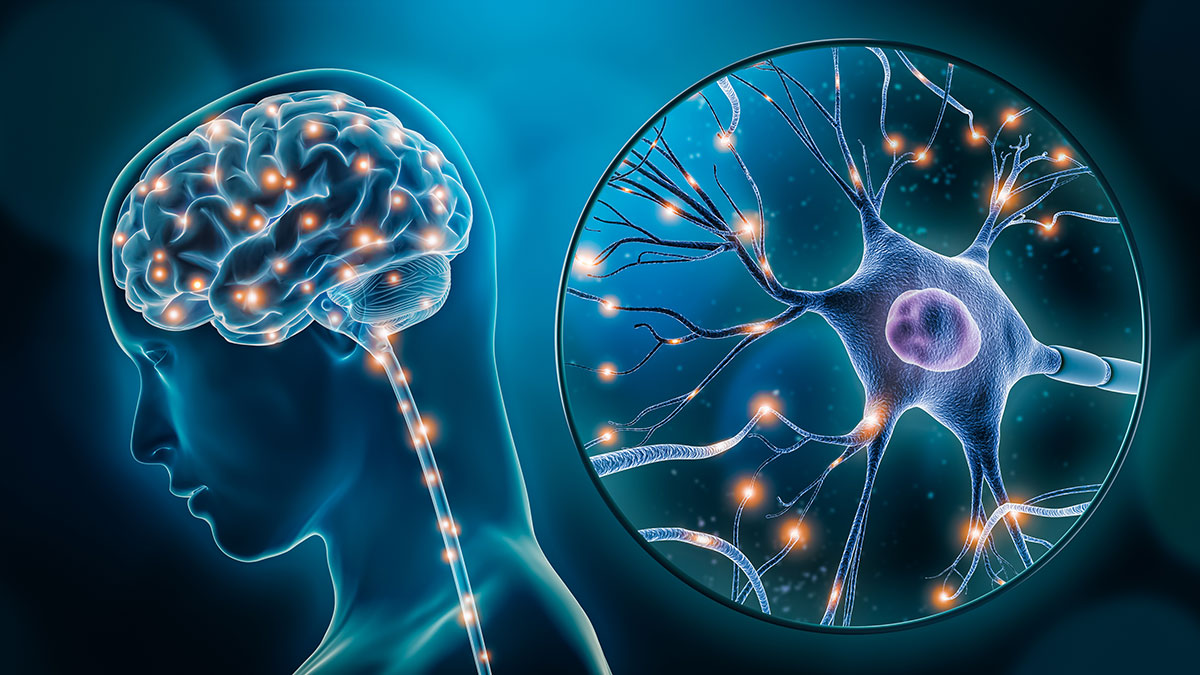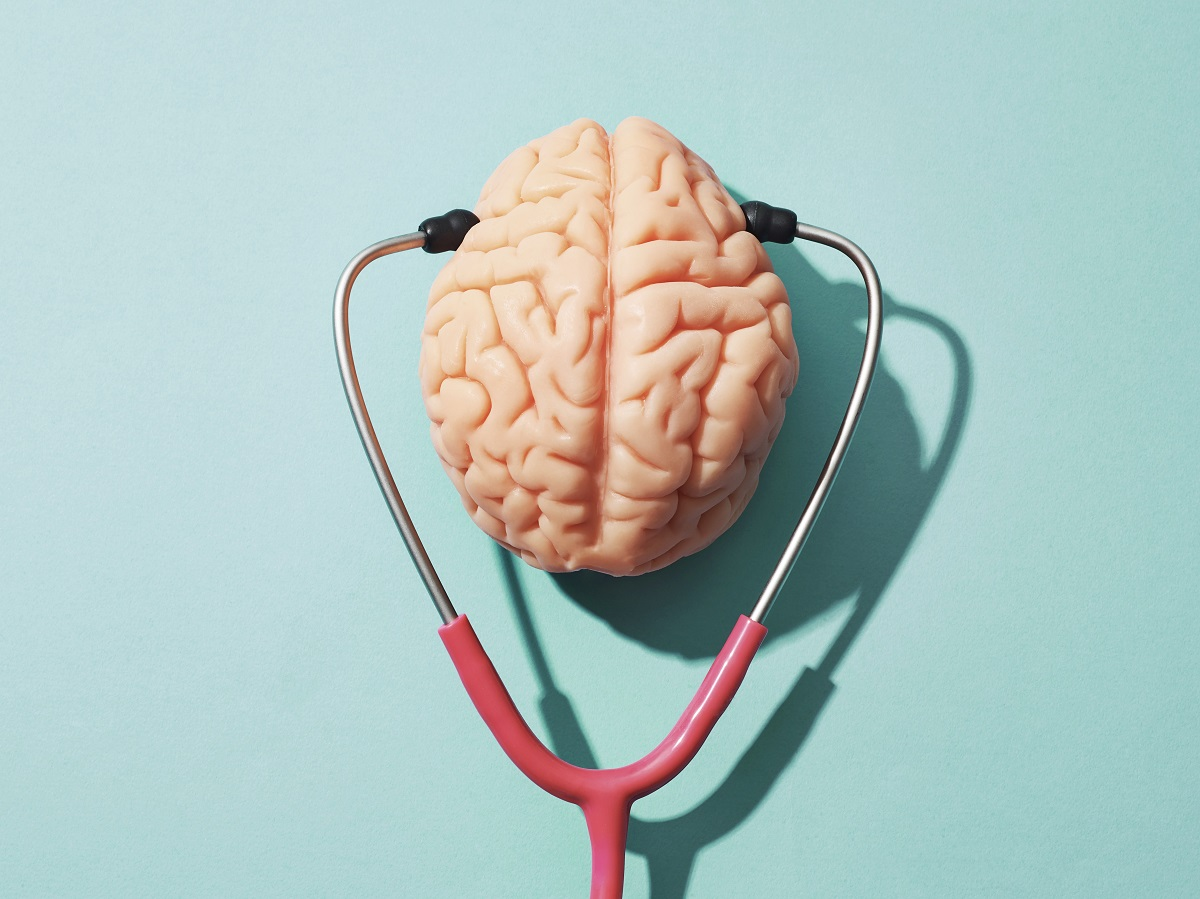 |
| bbc.co.uk |
According to Dr. Curtis Cripe, scientists and researchers are getting closer to creating a digital interface between the human brain and computers. The goal is to translate what people think into information that digital platforms can utilize. Such an innovation is especially helpful for people who are unable to communicate, like those with Complete Locked-in syndrome.
Some researchers have tried to see if an interface that uses functional near-infrared spectroscopy, or NIRS, would work. Essentially, this method would measure brain hemodynamic responses, which are usually associated with neuronal activity.
Scientists have tried to use brain-computer interfaces that depend on neuroelectrical technology, like an electroencephalogram or EEG. The endeavor, however, was not successful. It did not help Complete Locked-in syndrome patients communicate.
 |
| medium.com |
However, Dr. Curtis Cripe says that this latest technique may give hope to the study. In what seems more like futuristic science fiction than actual science, it involves a non-invasive brain-computer interface. This interface combines the NIRS and EEG technologies and measures frontocentral blood oxygen levels. It also looks at electrical changes that occur in the brain.
Brain-computer interfaces in the past have helped patients communicate. The NIRS is the only technique that works on people with Complete Locked-in syndrome.
Dr. Curtis Cripe explains that this comes as great news for other patients with severe communication problems. He cites patients with amyotrophic lateral sclerosis, or ALS, as an example. This particular health issue can lead to paralysis later on. Other patients with communication difficulties are those paralyzed because of a stroke or a spinal cord injury.
Another encouraging fact to note is that this is merely the beginning. Dr. Curtis Cripe adds that more studies are projected to have broader applications in the future.
Dr. Curtis Cripe is a neuroengineer and the head of the Research and Development department of NTL group for advanced technology for brain and cognitive treatment and repair. To find out more about Dr. Curtis Cripe and NTL group, check out the blogs on this site.















